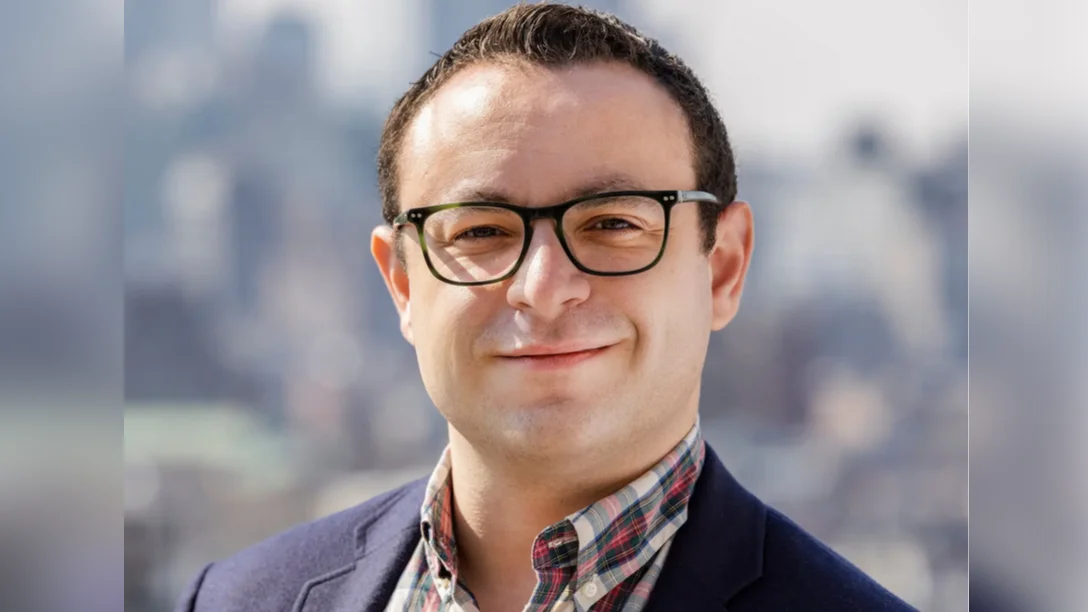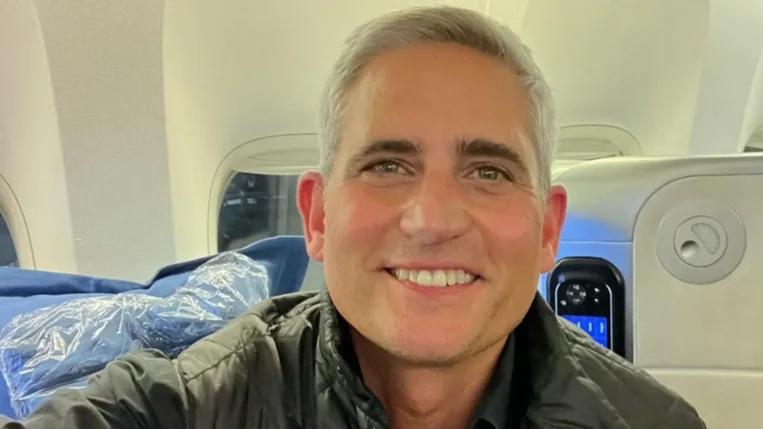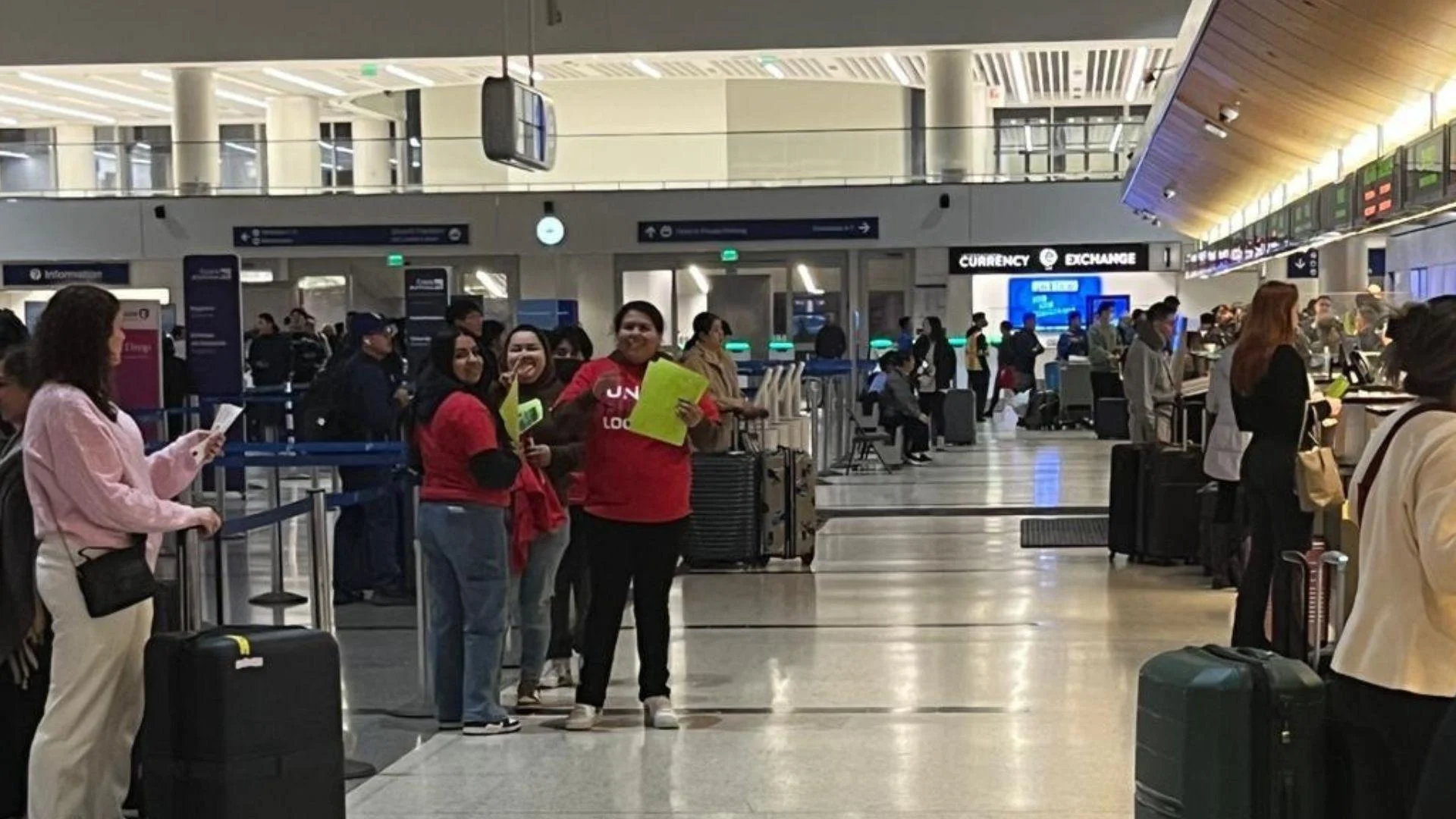"Last week, @flyingwithsara and I were asked to speak at the #jffhorizons summit in Washington D.C. It’s always a pleasure to share a stage with Sara and the topic they asked us to discuss — how we worked together to pull the US airline industry through the COVID crisis — is one we’ve covered many times. So it was easy duty."
Parker elaborated on their cooperation: "The story is that Sara Nelson, a labor leader, had the courage to reach out to industry executives with a plan that was good for the corporations but also good for her constituents. And we executives were willing to listen and to work together with labor. And all of us were willing to trust each other."
According to Parker, this bipartisan effort resulted in legislation that saved hundreds of thousands of jobs and maintained the operation of the U.S. commercial airline industry during a national crisis.
However, critics argue that Parker's actions amounted to significant taxpayer expense without proportional benefits for workers or taxpayers. The second and third rounds of subsidies ("PSP 2" and "PSP 3") came when airlines had already begun recalling workers. Critics claim that only about 15% of these funds covered employee costs while 85% went directly to airlines.
American Airlines faced criticism for shedding 30% of non-union staff by leveraging subsidy deadlines and offering better deals on healthcare and travel for voluntary departures. Additionally, Parker furloughed more workers than any other airline CEO in history and failed to maintain pilot readiness, leading to operational challenges when flights resumed.
Despite receiving around $10 billion in direct subsidies plus subsidized loans during the pandemic, American Airlines now has a market cap of approximately $7 billion.
Parker's career trajectory shifted significantly after securing government subsidies post-9/11. This enabled him to take over twice-bankrupt US Airways and eventually merge with American Airlines with union support.
His legacy includes making U.S. aviation more consolidated and less consumer-friendly by reducing competition among airlines while increasing passenger density on planes. Despite strategic missteps such as falling behind Delta and United in passenger experience metrics, Parker avoided bankruptcy by framing his actions as worker-centric initiatives.
In summary, Doug Parker played a pivotal role in shaping today's U.S. airline industry landscape through aggressive consolidation efforts supported by substantial government subsidies.
 Alerts Sign-up
Alerts Sign-up




































